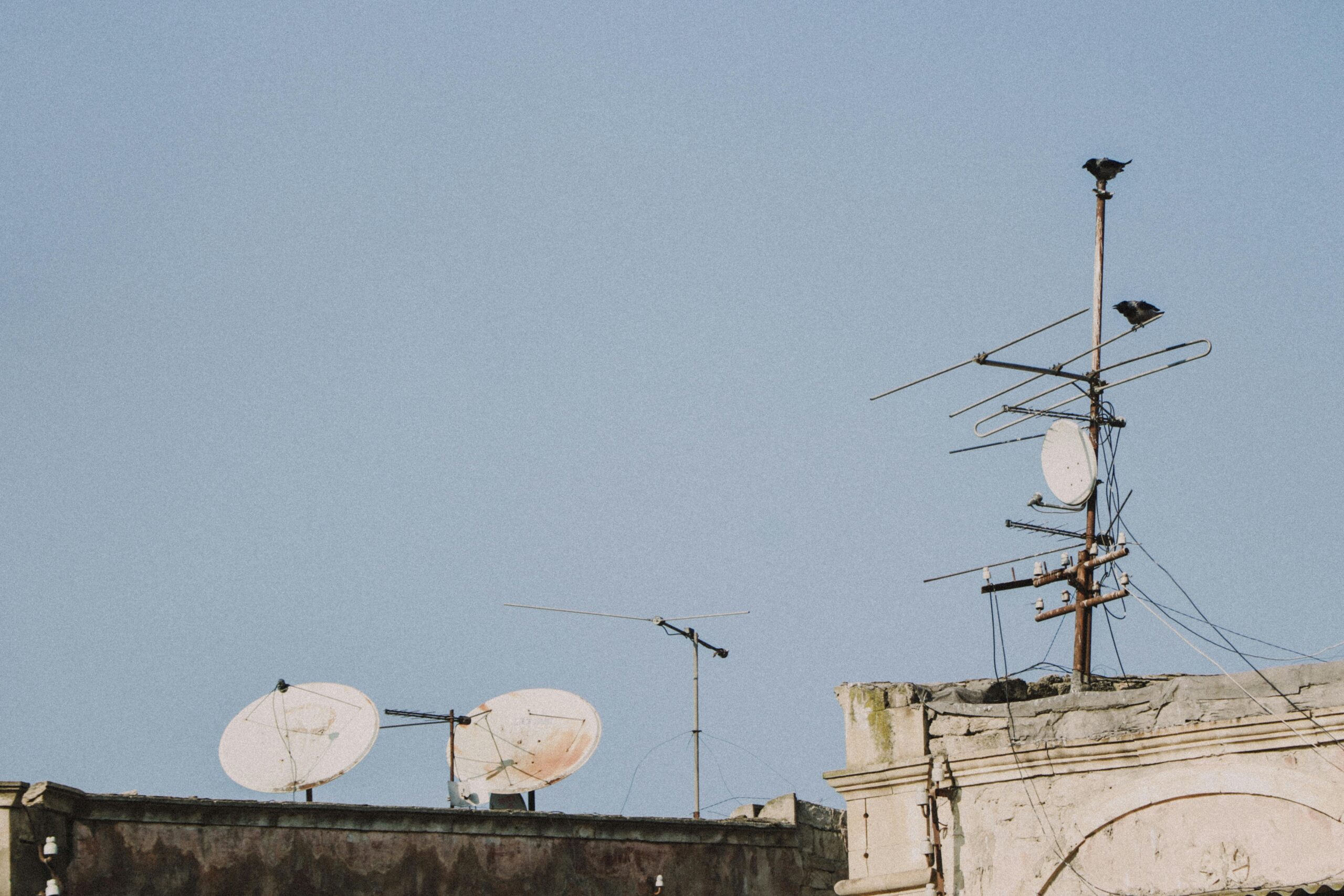Setting up an outdoor HDTV antenna can be a great way to access free over-the-air channels with superior picture quality. However, there are several common mistakes that can impede the performance of your antenna and lead to frustration. Avoiding these pitfalls is crucial for ensuring you get the best possible reception and the most channels. Here are key aspects to consider and what to avoid when setting up an outdoor HDTV antenna.
1. Choosing the Wrong Antenna Type
Mismatched Antenna and Location
One of the most common mistakes is selecting an antenna that is not suitable for your specific location. Outdoor antennas come in different types and sizes, each designed to receive signals from various distances and directions.
- Directional Antennas: These are designed to pick up signals from one direction and are ideal if you live in an area where all broadcast towers are clustered together.
- Omni-Directional Antennas: These can receive signals from all directions and are suitable for locations where broadcast towers are scattered.
Using an omni-directional antenna in a location where all signals come from one direction can lead to weaker reception and more interference. Conversely, a directional antenna in a multi-direction signal area can miss channels.
Ignoring Signal Strength and Distance
Another error is not accounting for the distance from your home to the broadcast towers. If you are far from the towers, a low-gain antenna won’t suffice, and you may need a high-gain or amplified antenna. Tools like online signal maps can help determine the best type of antenna for your location.
2. Poor Placement and Mounting
Low Elevation
Placing your antenna too low can significantly hinder its performance. Outdoor antennas should ideally be mounted as high as possible to avoid obstructions such as buildings, trees, and hills that can block signals.
Obstructions and Interference
Installing your antenna near physical obstructions or sources of electromagnetic interference (like power lines, metal roofs, or large structures) can degrade signal quality. Ensure there is a clear line of sight to the broadcast towers.
Incorrect Orientation
Directional antennas need to be aimed precisely at the broadcast towers. Using a compass or a smartphone app can help ensure correct alignment. Even slight misalignment can lead to poor signal reception or missed channels.
3. Using Subpar Cables and Connectors
Low-Quality Coaxial Cables
The quality of the coaxial cable used to connect your antenna to your TV can significantly impact signal strength. Cheap or low-quality cables can introduce noise and signal loss, leading to poor picture quality or reception issues. Use RG6 coaxial cable for the best performance over long distances.
Improper Cable Lengths
Long cable runs can result in signal degradation. If you need to run cables over a long distance, consider using an amplified splitter or a signal booster to maintain signal strength. Avoid unnecessary splits and connections, as each split reduces signal strength.
4. Ignoring Grounding and Safety
Lack of Grounding
Proper grounding of your antenna system is essential for safety and to prevent signal interference. An ungrounded antenna can attract lightning, leading to potential damage to your equipment or even your home. Follow local electrical codes and use a grounding block to safely ground your antenna.
Ignoring Weather Protection
Outdoor antennas are exposed to the elements and can suffer from wear and tear over time. Ensure your antenna is weatherproof and consider using a waterproof enclosure for any connections. Regular maintenance checks can prevent signal issues caused by weather damage.
5. Skipping the Signal Scan
Not Performing Regular Scans
After installing your antenna, it’s crucial to perform a channel scan on your TV to detect all available channels. Many users skip this step or forget to re-scan periodically. Broadcasting stations occasionally change their frequencies, so regular scans ensure you receive all available channels.
6. Overlooking Amplifiers and Splitters
Unnecessary Amplifiers
While amplifiers can boost weak signals, they are not always necessary and can even cause problems if used improperly. Over-amplifying strong signals can lead to signal distortion and loss of picture quality. Only use amplifiers if you are far from broadcast towers or splitting the signal to multiple TVs.
Improper Use of Splitters
Each split in the signal can reduce its strength. If you need to connect multiple TVs, use a high-quality splitter designed to minimize signal loss. Ensure the splitter is rated for the frequencies used by HDTV broadcasts.
7. Inadequate Planning and Research
Not Checking Available Channels
Before purchasing an antenna, use online tools to check the available channels in your area. This information can help you choose the right antenna type and understand what channels you can expect to receive.
Ignoring Local Factors
Local topography, such as hills or valleys, and urban density can affect signal strength and quality. Research and possibly consult with local experts to understand these factors better.
8. Neglecting Firmware Updates
Outdated TV or Converter Box Firmware
Ensure that your TV or digital converter box firmware is up-to-date. Manufacturers occasionally release updates to improve channel scanning and signal processing. Check the manufacturer’s website for any available updates.
9. Inconsistent Maintenance
Forgetting Regular Maintenance
Outdoor antennas require regular maintenance to perform optimally. Check for loose connections, corrosion, and physical damage periodically. Clean the antenna to remove dirt, bird droppings, and other debris that can affect performance.
Setting up an outdoor HDTV antenna can provide excellent access to free, high-quality TV channels. However, avoiding common mistakes is crucial to ensure optimal performance and reception. By choosing the right antenna, placing it correctly, using high-quality cables, grounding properly, and performing regular maintenance, you can enjoy a wide array of channels with excellent picture quality. Proper planning and attention to detail can make all the difference in your viewing experience.

